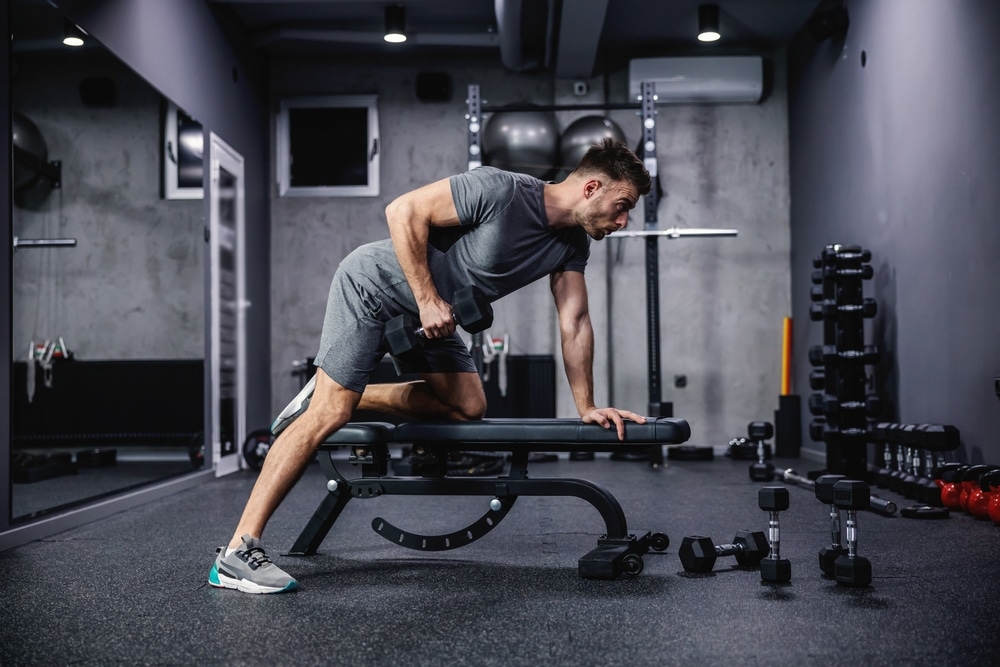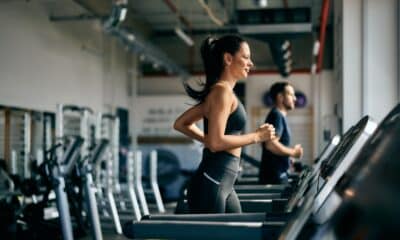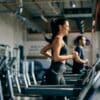How to Know When to Stop With Strength Training
In the realm of strength training, opinions on equipment vary widely, and one item that consistently ignites discussion is the gym belt. On one side, you have lifters who swear by them, cinching them tight before every set in hopes of hitting their personal bests. On the other, you’ll find skeptics who argue that an over-reliance on external supports could stunt genuine physical growth. If you’re caught in the middle, understanding the role and appropriateness of gym belts is crucial before you decide to add one to your workout arsenal.
What makes gym belts a go-to tool for many is their primary function: stabilization. When you wear a gym belt, it boosts the pressure within your abdomen, helping secure the spine and creating a sturdy platform for your lifts. For dedicated lifters aiming to excel in squats, deadlifts, or overhead presses, this additional support can make a notable impact. But remember, a belt isn’t a miracle solution. It won’t magically fix weak abdominal muscles or poor lifting form. Instead, think of it as a supplementary tool meant for specific occasions.
So, when should you buckle up? Gym belts shine brightest during heavy lifting scenarios, particularly when you’re nearing your maximum effort. Think deep barbell squats or significant deadlifts—these are the prime locations where a belt can add that extra layer of security, enabling you to lift more confidently. This is particularly true during low-rep work with heavy weights; a belt effectively reinforces your core’s natural bracing system, especially helpful as fatigue begins to set in. This strategic usage is why many powerlifters and Olympic weightlifters embrace the belt for their heavier lifts.
However, there are definitely times when the gym belt should stay tucked away in your bag. If your primary goal is to build foundational core strength, relying on a belt can hinder your progress. Exercises like goblet squats, lunges, kettlebell swings, or even planks are best tackled without it. The goal here is to allow your core to activate naturally, which promotes a more balanced development and paves the way for sustained strength gains.
If you’re lifting lighter loads—typically under 70% of your single-rep max—there’s often no need for a belt. Embracing a belt-free approach within these range challenges your core to stabilize your body in its natural state, which is crucial for overall stability and strength.
Always remember the importance of developing core strength without relying on external aids. Growing strong in your transverse abdominis, obliques, and multifidus muscles is critical; these muscle groups are essential for spine stability and generating power. Consider leaving the belt out during warm-ups, accessory lifts, and core-centric exercises to ensure these foundational areas develop comprehensively.
If you do opt to use a belt, wearing it correctly is vital. Slide the belt around your midsection, covering the space between your ribs and hips. It should fit snugly, but not so tight that you feel like you can’t breathe deeply. The objective is to push your abdominal muscles against the belt through diaphragmatic breathing and bracing—not to cinch it to the point of discomfort.
Many newcomers make the mistake of using a belt for every single set, even when lifting light weights. This habit can undermine the belt’s intended benefits. Furthermore, it’s critical not to view the belt as a substitute for solid lifting technique. Without a strong understanding of proper bracing mechanics, a belt can become more of a crutch than a performance booster.
Before deciding to include a gym belt in your routine, reflect on your training goals. If your sights are set on absolute strength and powerlifting, a belt could become a vital ally during your heaviest lifts. Conversely, if you’re more focused on athletic performance, mobility, or functional fitness, prioritizing raw core strength is likely a wiser approach.
In summary, gym belts aren’t inherently beneficial or detrimental. Their value hinges on appropriate usage and timing. Educate yourself about their role, apply them thoughtfully, and they could help you reach your lifting milestones. Just remember: they should never replace the importance of building strong, intentional movement patterns. You’re in this for the long haul—focus on the foundations, and the rest will follow.
Image Source: Dusan Petkovic / Shutterstock















